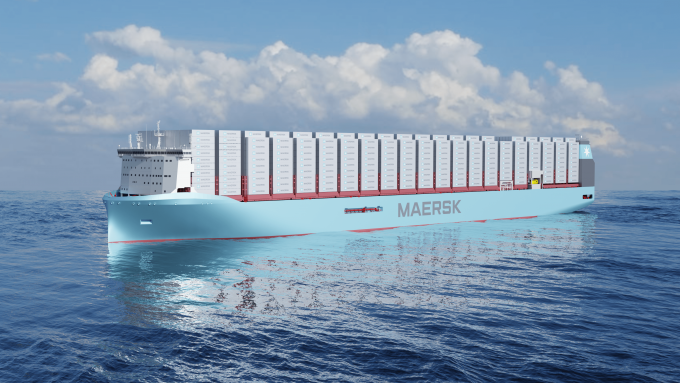Maersk joins peers with emergency surcharges on Pakistan cargo
Maersk has joined its peers in implementing ’emergency operational surcharges’ on cargo in and out ...

However well-intentioned, early investment in shipping biofuels may be misguided, according to the latest study by consultancy UMAS.
Released today, Cost of Zero Emissions Container Freight Shipping: a study on selected deepsea and shortsea routes, gives headline figures of a 17-50% increase ...

Comment on this article